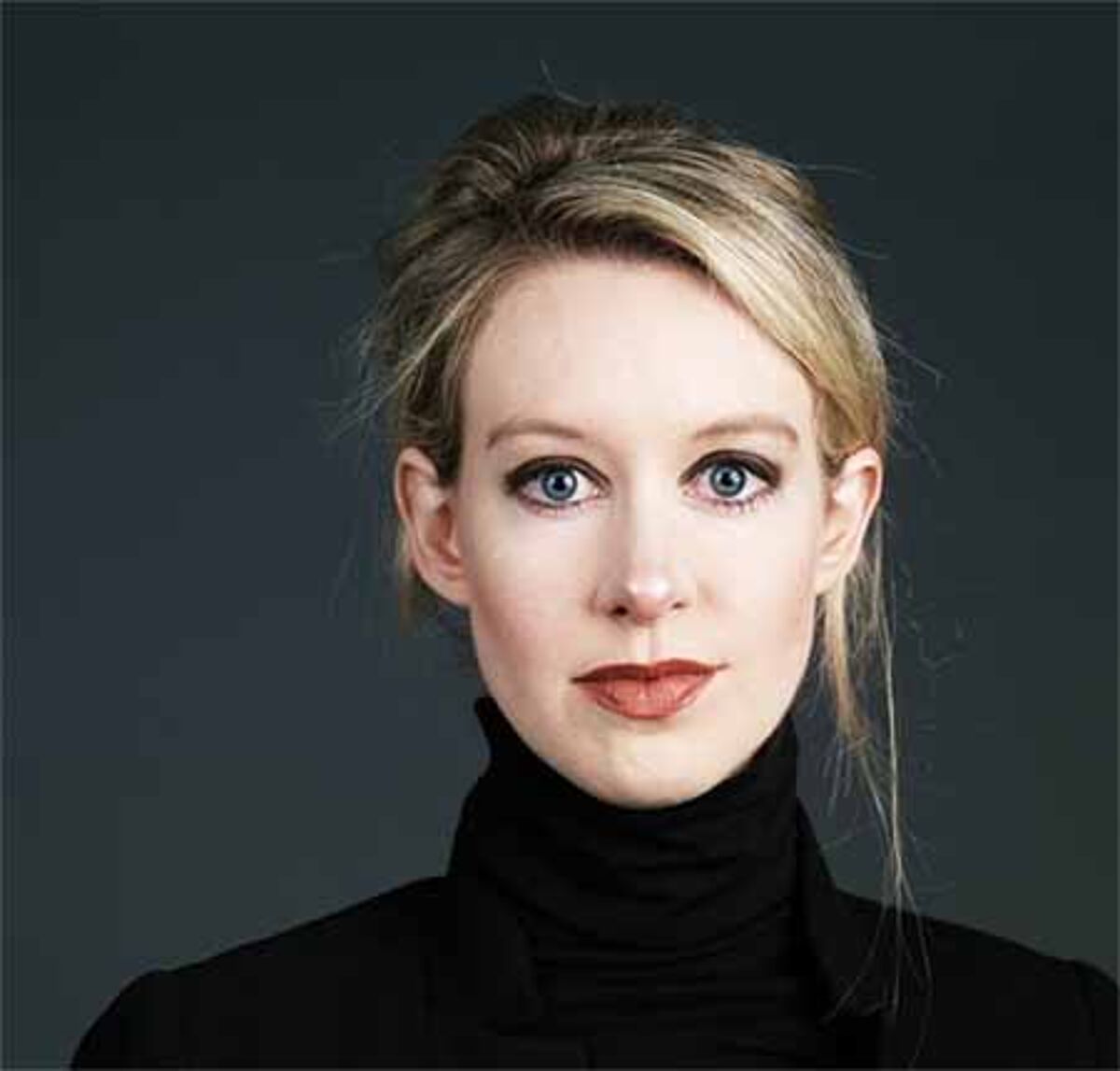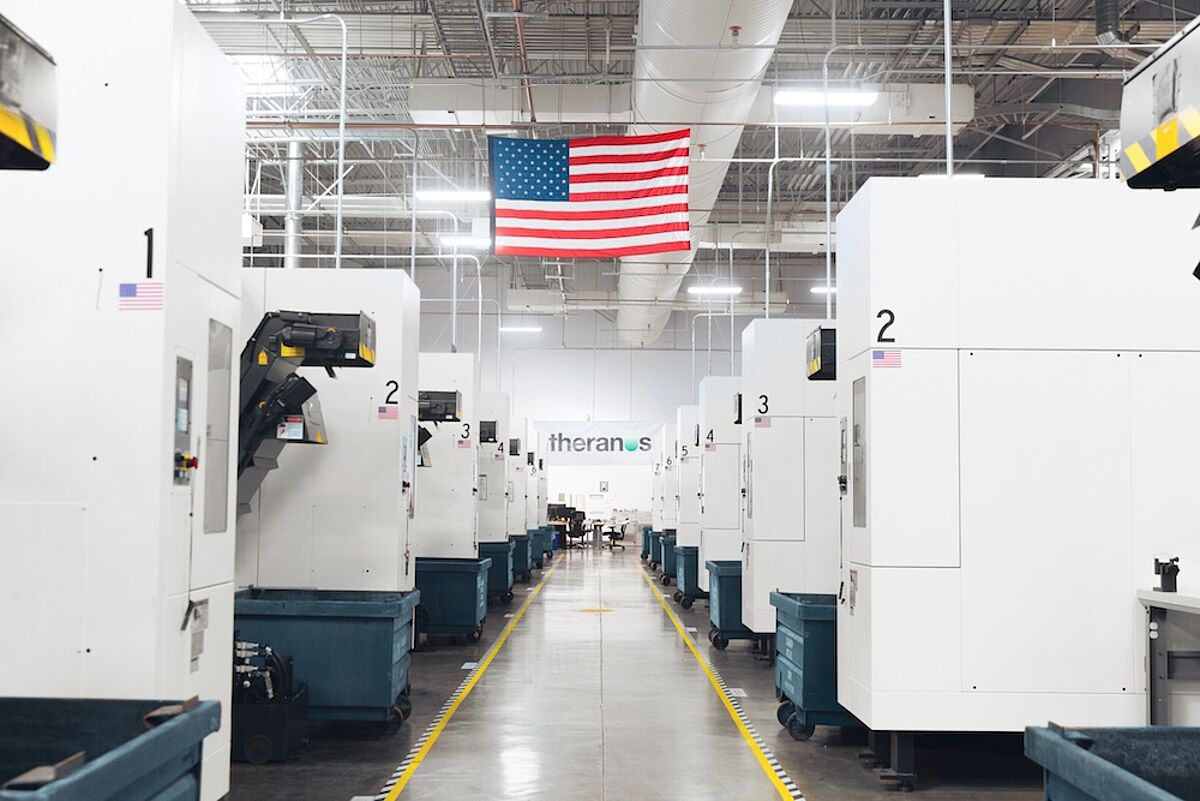Our little blog series “The rise and fall of Theranos” follows an ambitious biotechnology founder, Elizabeth Holmes, on her mission to revolutionize medicine and healthcare. Over more than a decade, Theranos built up an impressive board of directors, all the while promising state-of-the-art diagnostic machines. After an investigation from the Securities and Exchange Commission in 2018, Holmes and one of the company’s executives, Ramesh “Sunny” Balwani, were charged with fraud and the pair is now on trial.
In the first installment of our series, we focus on the humble origins of Theranos. Kicking off next month, we look at the conflicts erupting within the company, culminating in the unfortunate suicide of a key scientist. The third installment will shed some light on accusations by several whistleblowers, which started the downward spiral for Theranos and culminated in the current lawsuit, covered in our fourth and final piece.
Theranos Part I: The Rise
How did a biotech company founded by a 19-year-old Stanford dropout swindle investors out of hundreds of millions of dollars? Elizabeth Holmes wanted to revolutionize blood testing, making it easy to do dozens of tests from just one drop of blood. To achieve this lofty goal, she founded Theranos in 2003, making it the sole focus of all her activities.

From an early age, Holmes had an air of seriousness and determination about her. At the age of seven, she filled a notebook with detailed drawings for building a time machine and at school she became a straight-A student with a notably competitive streak. It was no surprise that she was admitted to Stanford’s Chemical Engineering program. She started to learn Mandarin while still finishing high school and managed to get into a Stanford summer program. At the end of the program, Holmes and her classmates went on a trip to Beijing. This is where she met Ramesh Balwani, almost 20 years her senior. He would become one of her closest advisors, the President of Theranos, and a romantic partner.
In her sophomore year, Holmes approached one of her professors, Phyllis Gardner, in the hope of starting a medical technology company together with her. Her proposal to Gardner was to democratize healthcare through a machine that could conduct dozens of different diagnostic tests simply from a finger prick of blood. Gardner warned Holmes that she considered this to be technically impossible, but Holmes brushed off her advice. She approached other professors and researchers who all agreed with Gardner that such a device couldn’t possibly work, but in the end, Holmes finally got lucky and managed to recruit the dean at the School of Engineering, Channing Robertson, as her first backer.
Soon, Holmes dropped out of Stanford, using tuition money to start a company called Real-Time Cures. Citing her dislike of needles, she wanted to provide people with access to complex medical analyses using blood drawn from a painless fingerprick. Holmes imagined that such a test would be able to detect all kinds of ailments, including cancer. As she formed the company, she decided to change its name to Theranos, combining the words therapy and diagnosis. And she went on a program of self-transformation, donning Steve Jobs-type black turtleneck sweaters and training herself to speak in a deep voice when giving presentations or interviews.
Meanwhile, Robertson who sat on the director’s board of Theranos, began introducing Holmes to various venture capitalists. At this point, the company operated in “stealth mode”, issuing no press releases and having no official website. Balwani, who Holmes had first met back on her summer trip to Beijing, now also joined Theranos. Both hid the fact that they were in a relationship and shared a flat from their investors and the directors of the company.
While in stealth mode, Holmes began building a large network of investors who were brought on board on the condition that Theranos wouldn’t have to disclose any details about their proprietary technology. The company obtained investments from Oracle founder Larry Ellison as well as from Tim Draper’s venture fund. While Holmes focused on securing outside investment, Balwani managed the day-to-day operations and oversaw development, despite having no scientific background and no experience developing medical devices or managing a laboratory.

By 2004, Theranos had raised $6.9 million and another financing round of $42.2 million followed in 2007. Alarms were first raised by Henry Mosley, the company’s Chief Financial Officer in 2006, after discovering that a live demonstration of Theranos’ “miniLab” device for the drug maker Novartis was actually faked. Mosley was fired after telling Holmes: “We’ve been fooling investors. We can’t keep doing that.” Yet this wasn’t enough to derail Theranos’ momentum.
In 2011, Holmes was introduced to the U.S. Secretary of State George Schultz, who signed on as a director. Schultz helped to bring in additional prominent advisors and board directors, including Henry Kissinger, the former U.S. Secretary of State, and General Jim Mattis. Although the board had zero experience in biotechnology, their names did provide an air of legitimacy to Theranos.
However, by 2013 things began falling apart, culminating in more controversy, firings, lawsuits, and the unfortunate suicide of Theranos’ Chief Scientist, Ian Gibbons. Here’s a short preview of what to expect in the next installment of our Theranos blog series:
- The contract between Walgreens and Theranos
- The culture of secrecy behind the ineffective lab testing, which contributed to the suicide of Ian Gibbons
- An unexpected whistleblower, Tyler Schultz — grandson of board member George Schultz

